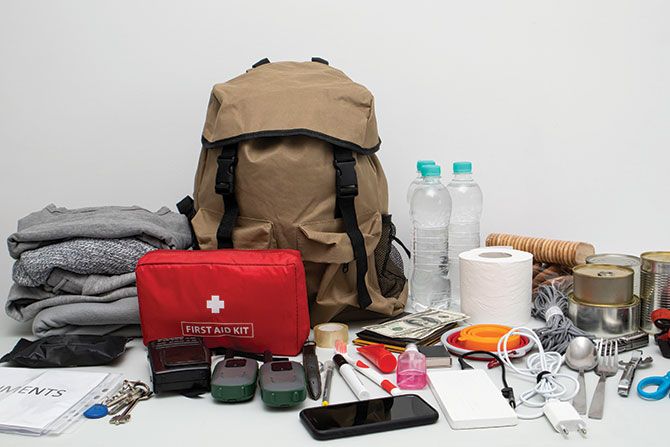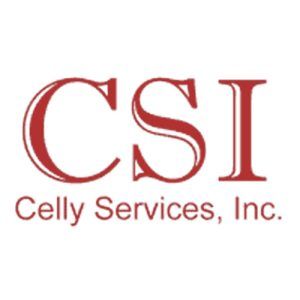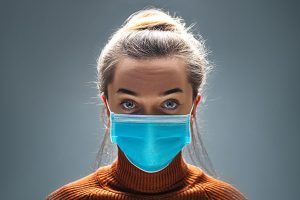Background: On Oct. 15, 2022, the American National Safety Institute (ANSI) specifications for First-Aid kits changed. (This article discusses the changes to the ANSI specifications for first-aid kits.) Both California and Federal regulations mandate employers ensure ready and adequate availability of first-aid supplies. The regulations differ, and we discuss the differences here.
CAL/OSHA: California regulations mandate that a first-aid kit approved by a consulting physician be available on the premises for every working person on the job. A consulting physician is a medical doctor who is well versed with dealership operations and has knowledge of typical hazards and accidents on the job (Ref: T8CCR3400 (a) and (b) and (c)).
Fed-OSHA: Regulations state that an employer must have “adequate first-aid supplies … readily available,” although specific first-aid supplies are not listed. Fed OSHA has referred employers to ANSI as the source of guidance for the minimum requirements for first aid kits and supplies; it does so in Appendix A to 1910.151. On April 15, 2022, ANSI approved ANSI/ISEA Z308. 1-2021, effective Oct. 15, 2022, the sixth revision to the voluntary industry consensus standard since its inception in 1978 (Ref: 29CFR1910.151(b)).
New requirements for both Class A and Class B First Aid kits include more hand sanitizer (thanks to COVID-19) and a foil blanket since it serves multiple purposes, such as emergency waterproofer, windbreaking wrap, and treating hypothermia. Additionally, Class B kits now require specific types of tourniquets to prevent blood loss, distinct from those used for drawing blood. Splints are also a requirement for Class B kits.
Employers may adopt the ANSI standard or request their local occupational injury clinic to provide a list of items for the first-aid kit. They should, however, be selected only upon completion of a hazard assessment of the work environment by a person competent in first-aid and knowledgeable of the hazards specific to that workplace.
Hazard assessment involves reviewing workplace hazards, typical injuries that have occurred (see Log 300) or could occur at the workplace, and the availability of the supplies necessary to respond to those injuries. Risk assessment includes looking at Bureau of Labor Statistics (BLS) or OSHA injury data. The physician at the local clinic responding to occupational injuries can also be a source of guidance.
Class A vs. Class B
Class A kits have contents capable of responding to most common workplace injuries, including minor burns and eye injuries. Class B kits treat injuries in densely populated areas and high-risk environment workplaces such as factories, foundries, and warehouses.
ANSI Standard Class A:
Required Min. Fill Z308.1-2021 (eff. Oct. 15, 2022)
16 Adhesive Bandage 1×3 in.
1 Adhesive Tape 2.5 yd. (Total)
10 Antibiotic Application 1/57 oz.
10 Antiseptic 1/57 oz.
1 Breathing Barrier
1 Burn Dressing (Gel Soaked) 4×4 in.
10 Burn Treatment 1/32 oz.
1 Cold Pack 4×5 in.
2 Eye Covering w/Means of Attachment 2.9 sq. in.
1 Eye/Skin Wash 1 fl. oz. (Total)
1 First-Aid Guide
10 Hand Sanitizer 1/32 oz. (increased as of Oct. 2022)
2 Medical Exam Gloves
1 Roller Bandage 2 in. x 4 yd.
1 Scissor
2 Sterile Pads 3×3 in.
2 Trauma Pads 5×9 in.
1 Triangle Bandage 40x40x56 in.
1 Foil Blanket 52×84 in (added as of Oct. 2022)
ANSI Standard Class B: The Type B kit has a Splint and Tourniquet added to the list above, with an increased number of supplies listed for Type A.
Type of First-Aid Kit Containers
- Type I containers are used in stationary indoor settings. No rough handling.
- Type II containers are used in portable indoor settings. No rough handling.
- Type III containers are used for mobile, indoor/outdoor settings.
- Type IV containers are used for portable use in outdoor settings where rough handling is a factor.
Commentary:
Management should make prudent decisions on the number and location of the first-aid kits. While the regulations are silent on the number of kits, employers must consider whether multiple kits are needed based on facility layout, number of employees and access to the kits during the work day. Distance from the clinic must also be part of the decision-making process.
Get at least one kit for every 40 employees. First, keep in mind that all areas of employment should have access to kits. For example, if one department is open on a Saturday, a kit must be available to employees in that area. Secondly, these kits are subject to pilferage and abuse. To avoid pilferage, the first-aid kit may be placed in the office or the open view of the manager. If an employee is observed using multiple bandages more often than others, the employee can be counseled on safety and proper work procedure to avoid slicing his/her hand multiple times a day! Ensure access is not compromised, i.e., kits must remain completely accessible when employees are present.
- Inspect and refill First-Aid kits monthly.
- Keep a written log. Discard expired items promptly.
- Disinfect cabinet surfaces frequently.
- Ensure labeling and markings are legible and permanent.
- Check that each kit and its location are visibly marked.
- Place signs at a conspicuous location that indicate the locations of First-Aid kits on site.
Conclusion: First-Aid kits will help reduce the severity of an injury. However, proper use of tourniquets and splints would require medical knowledge such as that from an MD or RN, which may not be available at most places of employment. An employee certified in first-aid may be an option.
Employers who choose not to have first-aid kits violate the law and risk losing productive time when employees must rush to the local drug store for a bandage every time they incur an injury.
Note: Ref: Information from www.osha.gov and www.dir.ca.gov were used to prepare this newsletter.
DISCLAIMER: The contents of this newsletter are for informational purposes only and are not considered legal advice. Employers must consult their lawyer for legal matters and EPA/OSHA consultants for environmental, Health & Safety. The article was authored by Sam Celly of Celly Services, Inc., who has been helping automobile dealers in Arizona, California, Hawaii, Idaho, Nevada, New Mexico, New York, Texas, and Virginia comply with EPA and OSHA regulations for over 35 years. Sam is a Certified Safety Professional (No. 16515) certified by the National Board of Certified Safety Professionals. Sam received his BE (1984) and MS (1986) in Chemical Engineering, followed by a J.D. from Southwestern University School of Law (1997). Sam is a member of the American Chemical Society (No. 31176063), American Industrial Hygiene Association (No. 124715), and National Association of Dealer Counsel (NADC). Sam also serves on the Board of the Orange County American Industrial Hygiene Association and CA Industrial Hygiene Council (CIHC). Our newsletters can be accessed at www.epaoshablog.com. Your comments/questions are always welcome. Please send them to sam@cellyservices.com.







